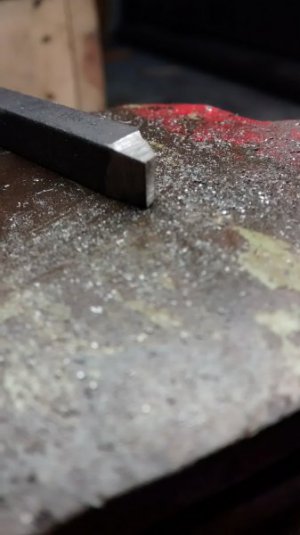- Joined
- Dec 20, 2012
- Messages
- 9,422
Great posts and step by step Mikey....Except dissing on carbide again for home lathes (except for big, rigid, powerful lathes)...which is BS
Smiley Face here!
....Without going back and copying and pasting all the carbide info. and grades I've posted...straight up: The "good" carbide is stronger, harder, tougher and stays sharper many times over HSS
But granted, a common belt sander won't work on carbide....
I have to leave to run some errands right now but I'll respond to this when I get back.


